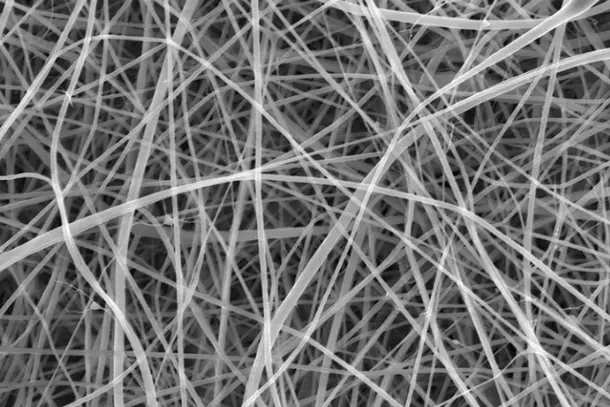On Filindeu, Sardinian spaghetti inspires new “nanopasta” to heal wounds
A team of English researchers takes inspiration from the island specialty to create the "smallest pasta in the world". But it has nothing to do with cooking: it will be used to regenerate tissuePer restare aggiornato entra nel nostro canale Whatsapp
Su Filindeu is the thinnest spaghetti in the world. Now a team of English researchers, “inspired” by Su Filindeu, has established a new record for “thinness”, beating the record of the famous specialty of the Sardinian culinary tradition . However, this is not a gastronomic challenge: the invention, in fact, will be used for medical purposes.
The research – the results of which were published this week in the scientific journal “Nanoscale Advances” of the Royal Society of Chemistry – was conducted by a team from the Faculty of Chemistry at University College London , led by Beatrice Britton . The scientists, taking inspiration from Su Filindeu, managed to create spaghetti 372 nanometers (billionths of a meter) wide, or 200 times thinner than a human hair.
To make these “nanospaghetti,” as they’ve been dubbed, the team used a technique called electrospinning : “To make spaghetti,” explained one of the study’s co-authors, Adam Clancy , “you push a mixture of water and flour through metal holes. In our study, we did the same thing, except we pulled our mixture through an electric charge. It’s literally spaghetti, but much, much smaller.”
In their paper, the researchers also describe Su Filindeu, “the thinnest known pasta,” explaining that Sardinian spaghetti is about 400 microns wide, about a thousand times “larger” than those created by the English researchers.
As mentioned, however, the research does not aim to compete gastronomically with the delicacy of the Island's tradition, a true masterpiece of culinary technique, nor with pasta in general. The application of the "smallest spaghetti in the world" has in fact broad horizons in the medical field. The idea is, first of all, to be able to use them to create new "breathable bandages".
“Nanofibers, such as those made of starch, show great potential for use in wound dressings because they are very porous ,” says Gareth Williams , another researcher who participated in the study. “In addition, nanofibers can be a ‘scaffold’ for tissue regeneration , as they mimic the extracellular matrix, a network of proteins and other molecules that cells build to support themselves.”
In addition to the medical benefits, however, there are also advantages from an ecological point of view: «Starch is a promising material to use – say the English researchers – because it is abundant and renewable : it is the second source of biomass on Earth, after cellulose, and it is biodegradable, which means that it can be broken down in the body».
In short, Su Filindeu will always hold the record for the thinnest edible spaghetti in the world . Also because, the UCL scientists conclude, the new “nanospaghetti” would not be useful as pasta at all because «they would overcook, and in less than a second, before you could remove them from the pan».
